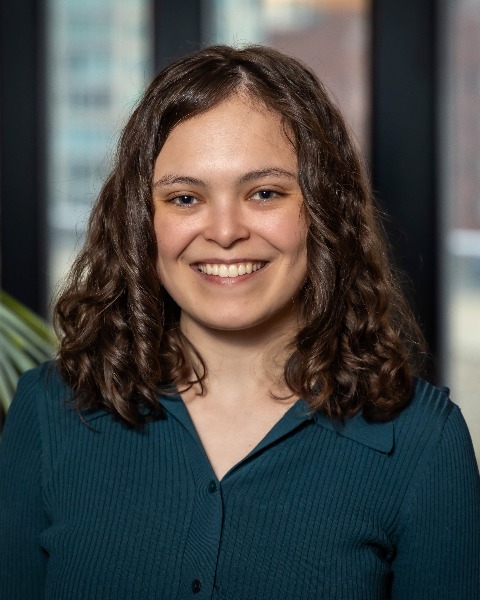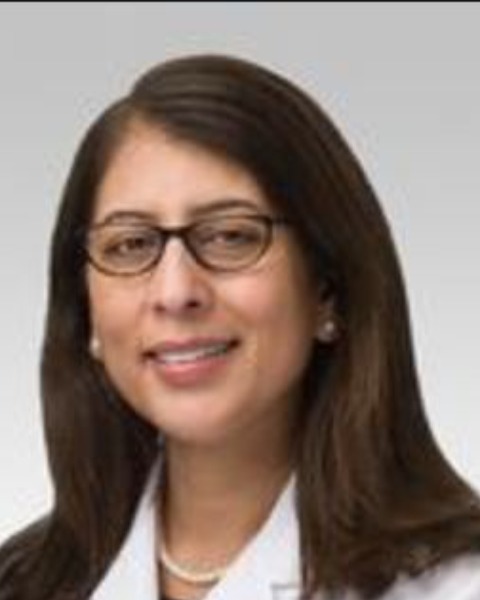Project Synapse: A Youth Outreach Program Inspiring the Next Generation of Neurosurgeons
Friday, May 3, 2024

Rya Muller, BA
Medical Student
Northwestern University
Chicago, IL, US
Aruna Ganju, MD (she/her/hers)
Associate Professor of Neurological Surgery
Northwestern University
Chicago, Illinois, United States
Presenting Author(s)
Co-Author(s)
Introduction: Many studies have established the importance of diversity in the workplace. In medicine, optimal patient outcomes are correlated with a diverse healthcare workforce. However, there is a lack of diversity within neurosurgery: only 12% of neurosurgeons are women, while fewer than 5% of neurosurgical residents identify as black, indigenous, or people of color. In many specialties, youth outreach programs have been effective in creating medical pipelines for underrepresented minority (URM) students. Project Synapse, a youth outreach initiative, aims to diversify the neurosurgical workforce by exposing youth from URM backgrounds to neurosurgery. We report preliminary data from Project Synapse.
Methods: Fifty-four high school students from Chicago attended a one-hour educational workshop led by physicians from an academic medical center. Students were given a lecture on neurosurgery which included an introduction to neuroscience and case presentations. Pre-workshop, students completed a survey assessing their opinions and knowledge of neurosurgery. This survey assessed students’ attitudes towards medicine/neurosurgery and neuroscience knowledge. The survey was readministered after the event, and the scores were compared. Demographic information was captured.
Results: The majority of students were from URM backgrounds; 83.3% identified as people of color, 61.1% as Hispanic or Latino and 63.0% as Female. Post-workshop, students expressed a greater interest in pursuing a career in neuroscience (p = 0.04) and neurosurgery (p = 0.04). Student neuroscience knowledge significantly increased on the post-workshop test (69.3%) compared to pre-workshop (61.9%; p = 0.035).
Conclusion : This study suggests that physician-led neuroscience educational events can stimulate interest in careers in neurosurgery and provide novel learning opportunities for URM students. However, further research is needed to determine the long-term impact of these events.
Methods: Fifty-four high school students from Chicago attended a one-hour educational workshop led by physicians from an academic medical center. Students were given a lecture on neurosurgery which included an introduction to neuroscience and case presentations. Pre-workshop, students completed a survey assessing their opinions and knowledge of neurosurgery. This survey assessed students’ attitudes towards medicine/neurosurgery and neuroscience knowledge. The survey was readministered after the event, and the scores were compared. Demographic information was captured.
Results: The majority of students were from URM backgrounds; 83.3% identified as people of color, 61.1% as Hispanic or Latino and 63.0% as Female. Post-workshop, students expressed a greater interest in pursuing a career in neuroscience (p = 0.04) and neurosurgery (p = 0.04). Student neuroscience knowledge significantly increased on the post-workshop test (69.3%) compared to pre-workshop (61.9%; p = 0.035).
Conclusion : This study suggests that physician-led neuroscience educational events can stimulate interest in careers in neurosurgery and provide novel learning opportunities for URM students. However, further research is needed to determine the long-term impact of these events.
